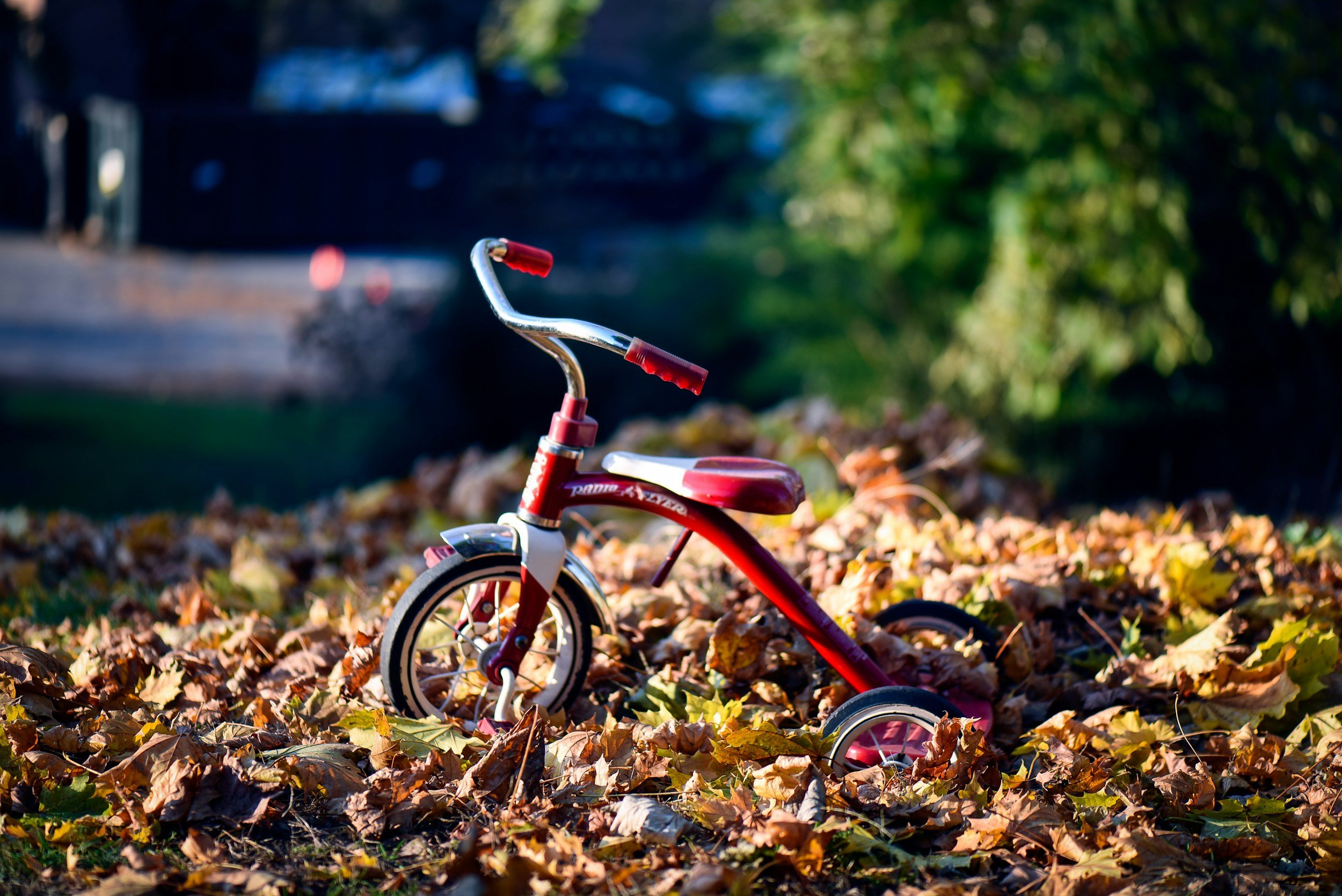10 Fun Fall Sensory Activities Every Child Will Love
As the air cools and the leaves change, fall offers the perfect opportunity to engage children in sensory-rich activities that promote growth, learning, and development. Sensory play helps children with processing their senses—sight, sound, touch, taste, and smell—while also enhancing fine and gross motor skills, problem-solving abilities, and social interaction. Whether you’re at home, in a classroom, or in an outdoor setting, here are 10 fall sensory activities that children of all abilities will love.
1. Leaf Rubbing Art
What You’ll Need: Different types of leaves, paper, crayons.
This activity is a classic and simple way to engage kids in a multi-sensory experience. Collect leaves with different textures, shapes, and sizes. Place the leaves under a sheet of paper, and have children rub the crayon on the paper over the leaf, revealing the leaf’s unique imprint.
Developmental Benefits:
Enhances tactile sensory input by feeling the texture of leaves.
Improves fine motor skills through rubbing.
Encourages focus and attention to detail.
2. Pumpkin Sensory Bin
What You’ll Need: A large bin, pumpkin seeds, small pumpkins, corn kernels, dried leaves, acorns.
Fill a large bin with fall-themed items like pumpkin seeds, mini pumpkins, and corn kernels. Encourage kids to explore the bin with their hands, searching for hidden treasures or sorting objects by type or color.
Developmental Benefits:
Provides tactile input and promotes hand-eye coordination.
Enhances sorting and problem-solving skills.
Encourages imaginative play.
3. Cinnamon Playdough
What You’ll Need: Homemade or store-bought playdough, cinnamon powder, nutmeg, cloves.
Adding fall spices like cinnamon, nutmeg, and cloves to playdough can create a rich sensory experience for kids. Allow them to mold and shape the dough while engaging their sense of smell.
Developmental Benefits:
Improves fine motor skills and hand strength.
Engages the olfactory sense, which is tied to memory and emotional responses.
Sparks creativity.
4. Nature Walk Scavenger Hunt
What You’ll Need: A list of fall-related items (acorns, pinecones, colored leaves, sticks).
Take the kids on a nature walk and give them a list of fall-related items to find. Have them collect different objects that stimulate their senses through touch, sight, and smell.
Developmental Benefits:
Encourages gross motor movement and exploration.
Develops observation and sensory processing skills.
Fosters a connection to nature and mindfulness.
5. Apple Stamping
What You’ll Need: Apples cut in half, washable paint, paper.
Apple stamping is a fun way to explore shapes and textures. Dip the cut side of an apple into paint and press it onto a sheet of paper. Watch as unique prints form on the page.
Developmental Benefits:
Improves fine motor skills and hand-eye coordination.
Encourages creativity and artistic expression.
Provides tactile and visual sensory input.
6. Cornmeal Sensory Table
What You’ll Need: Cornmeal, small containers, scoops, cups.
Set up a sensory table filled with cornmeal and provide tools like scoops and cups for kids to measure, pour, and sift. The soft texture of cornmeal offers a unique tactile experience.
Developmental Benefits:
Encourages hand strength and dexterity.
Provides opportunities for learning about volume and measurement.
Promotes focus and calming sensory input.
7. Pumpkin Painting
What You’ll Need: Mini pumpkins, washable paint, brushes.
Instead of carving, allow children to paint pumpkins, exploring the different textures of the pumpkin’s surface while expressing their creativity.
Developmental Benefits:
Enhances fine motor skills through painting.
Engages both tactile and visual senses.
Encourages self-expression.
8. Fall Sensory Bottles
What You’ll Need: Empty plastic bottles, water, glycerin, glitter, small fall items (acorns, leaves, corn kernels).
Create sensory bottles by filling them with water, glycerin, and small fall-themed objects like glitter, acorns, and leaves. Children can shake, roll, and explore the visual appeal of these calming bottles.
Developmental Benefits:
Provides visual and auditory sensory input.
Helps with self-regulation and calming.
Encourages focus and attention.
9. Scented Leaf Pile Jump
What You’ll Need: Pile of leaves, cinnamon sticks, pumpkin spice extract.
Enhance the typical leaf-pile jumping activity by adding cinnamon sticks or pumpkin spice extract to the pile. The combination of scents will engage kids’ sense of smell while they experience the joy of jumping into a soft pile of leaves.
Developmental Benefits:
Encourages gross motor skills and movement.
Provides proprioceptive input, which helps with body awareness.
Engages the olfactory sense.
10. Apple Sensory Taste Test
What You’ll Need: Different types of apples (Granny Smith, Honeycrisp, Fuji), blindfold.
Set up a taste test with a variety of apple types. Blindfold children and have them taste each type, describing the flavor, texture, and juiciness of each apple.
Developmental Benefits:
Enhances the sense of taste and texture differentiation.
Encourages verbal expression and descriptive language.
Develops critical thinking skills by comparing and contrasting flavors.
Why Sensory Activities Are Important
Fall sensory activities help children in so many ways, especially those with sensory processing challenges. For children who struggle to regulate sensory input, these activities offer an opportunity to practice sensory modulation in a safe, controlled environment. For typically developing children, they enhance cognitive, motor, and social-emotional skills through engaging, hands-on experiences.
Through sensory activities, children can also develop fine motor skills (such as grasping, pinching, and manipulating objects) and gross motor skills (such as jumping, running, and exploring). Additionally, these activities foster creativity and problem-solving by encouraging kids to experiment with different textures, smells, and sights.
Closing Thoughts
Autumn is a sensory-rich season full of colors, textures, smells, and sounds that can be used to engage and help children grow. These 10 sensory activities are not only fun but also offer numerous developmental benefits, making them ideal for parents, educators, and therapists alike. Whether indoors or outdoors, make the most of the fall season by incorporating sensory play into your child’s daily routine.











